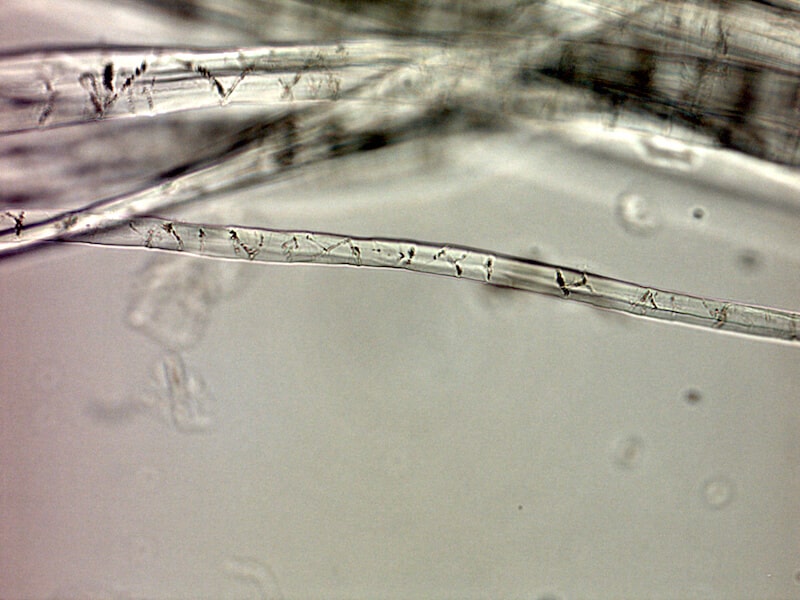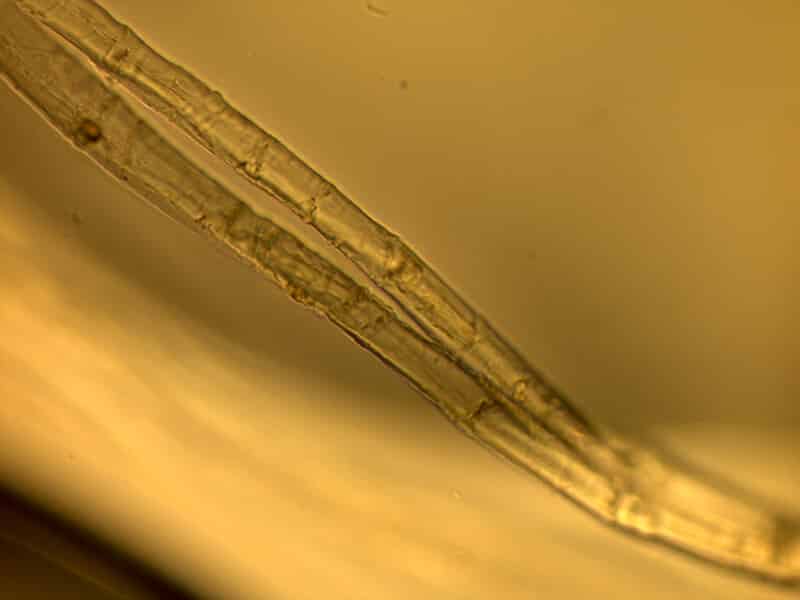The production of common cotton consumes a considerable amount of the water resources and it is clear that more sustainable alternatives are needed alongside it. For example, European nettle fibre, which is produced on an industrial scale.
Knokkon uses only European nettle (urtica dioica) in its products, which is also the most common nettle in Finland and in Scandinavia.
It is possible to use nettle in arable crops, ie the nettle grows in the desired place in neat rows and the fibre can be easily harvested once a year. Nettle is a perennial, meaning that its rhizomes grow a new crop every year. The nettle field produces fibre for well over 10 years. It is often said that nettles grow almost anywhere. The secret is that the long and strong roots of nettle extend over long distances and use it to transport water and nutrients to parts of the seemingly barren field, while loosening the soil. Irrigation is therefore not needed, nor are plant protection products or pesticides. Nettle does not suffer from plant diseases that should be protected by chemicals.
Useful insects and birds benefit from nettle farming and their numbers are quite abundant where a lot of nettle grows. Nettle stems and the undersides of the leaves provide a wintering spot and protection from the heat of summer for small insects. Some of them end up as food for birds.
Nettle has been cultivated for centuries. Where human settlement has been found, nettle farms have also been observed. Nettle has been included when moved to new residential areas and not swamped. Nettle quickly provides food, as well as fibre in rather short time. The finest fibres, with a silky feel and a dim shine, were even ordered to be delivered to the fashion rooms of Paris and for the use of the royals. Slightly coarser fibres were utilized in clothing, bedding, and the coarsest fibres were used in carpets, sacks, and ropes. Nettle was used extensively until the early 19th century, when very affordable cotton supplanted nettle from the market.
Nettle is the most breathable natural fibre, its core fibre structure is unlike other natural fibres. Nettle fibre is able to absorb and release moisture better than other natural fibres. The fibre has been called Nordic silk because the fibre shines dimly. Because of these properties, nettle fibre is especially popular with royalty.
The nettle decortication method has been successfully reinvented. It is possible to remove the fibres mechanically, i.e. traditional soaking in chemicals or only in water is not required to achieve a high level of fibre. The decortication is done on an industrial scale, i.e. nettle fibre can be used to challenge power-produced cotton. The fibre is soft and flexible. It can be dyed easily and it is pleasant against the skin.

